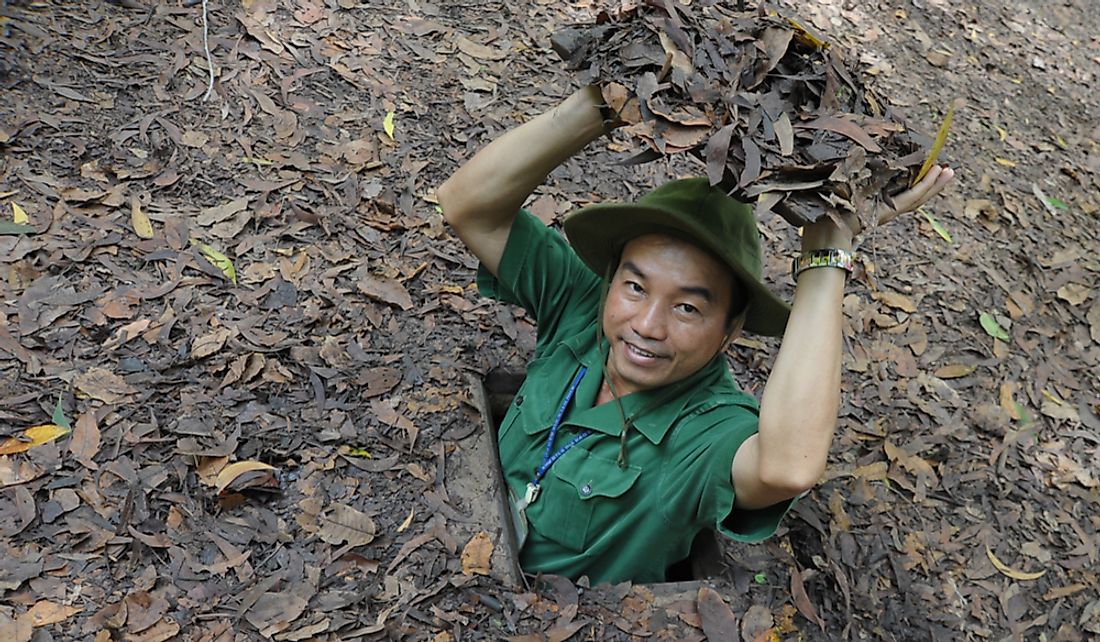What Is Guerrilla Warfare?

Guerrilla warfare is a form of combat warfare fought by a civilian population or people not part of the conventional military. In most cases, guerrilla warriors (guerrillas) seek to overthrow or rebel against the government, conventional military, or rival insurgents. Guerrilla combat involves raids, ambushes, and sabotage of vulnerable installation. Guerrillas fight in their homeland and in most cases they are supported by the local population. They are familiar with the landscape and the terrain in which they use to their advantage when launching and repelling attacks. Guerrillas fight against larger, fortified, but less mobile police or military units. They launch surprise attacks using light weaponry but keep their battles short to avoid being targeted by the heavier and more sophisticated weapons used by conventional militaries.
Strategies of Guerrilla Warfare
Guerrilla warfare is fought between rivals of unequal strength. It is irregular warfare that seeks to defeat an enemy and attract the support of local and international attention at the expense of the enemy. The strategy magnifies the impact of a mobile, small force on a bigger, cumbersome one. A successful guerrilla campaign weakens the enemy through several coordinated attacks, eventually forcing the opponent to withdraw.
Tactics of Guerilla Warfare
Guerillas avoid direct confrontation with large units of the enemy but instead prefer using smaller and mobile units to attack. The objective is not to inflict mass casualties in a single attack but to wear out the enemy by depleting their resources. Their biggest assets are mobility, surprise, ambush, secrecy, small units, and the knowledge of the terrain. Guerrilla groups also rely on destroying assets critical to the opponent using explosive devices. They limit the mobility of the enemy by destroying bridges and cut communication by blowing up masts. They rely on political and logistical support from the population and the international community. Guerrillas embed themselves in the local community and use the people as human shields. Modern guerrilla movement recruits children as combatants, porters, scouts, and spies.
Comparison with Terrorism
Guerrilla movements differ from acts of terrorism, but belligerents (often the government) refer the guerrilla as terrorists to demean and justify the use of force. Unlike terrorist groups, guerrilla warriors work as armed units in open positions. They do not shy away from engaging government forces in battles and often apply pressure to control the population.
Guerilla Tactics in Modern Warfare
Modern insurgents have adopted guerrilla tactics to fight against government forces. The North Korean army employed the art against American and South Korean troops during the Korean War. The tactic was also used by the Viet Cong during the Vietnam War. Organized terror groups have adopted the strategy due to its effectiveness. The Taliban and Al Qaeda adopted the use of guerrilla tactics in Afghanistan to fight the coalition forces. Rebel groups in West and Central Africa have perfected the art and are continually attacking government troops and installments.











